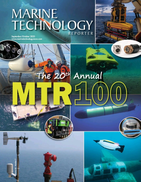Edible Aquatic Robot Could Collect Environmental Data
An edible robot built by EPFL scientists in Switzerland uses a combination of biodegradable fuel and surface tension to move across the surface of water. It offers a safe and nutritious alternative to environmental sensors made from artificial polymers and electronics.
The EPFL team plans to deploy the robots in large numbers. Each device would be equipped with biodegradable sensors to collect environmental data such as water pH, temperature, pollutants and the presence of microorganisms, which could be read after collection or via remote sensing.
The work is the latest innovation in the burgeoning field of edible robotics and robotic feeding. The Intelligent Systems Laboratory has previously published several papers on edible devices, including edible soft actuators as food and pet food manipulators, edible control circuits and edible conductive ink for crop growth monitoring.
“Although the development of miniature swimming robots for natural environments has progressed rapidly, they are typically made from plastics and include batteries and other electronic components. This poses challenges for large-scale deployment in sensitive ecosystems,” explains Shuhang Zhang, a doctoral student at EPFL. “In this work, we show how these materials can be replaced with fully biodegradable and edible components.”
The boat-shaped robot takes advantage of the same phenomenon used by some aquatic insects to propel themselves across the water's surface: the Marangoni effect. A chemical reaction inside a tiny removable chamber produces carbon dioxide, which, in turn, enters a fuel channel to expel the fuel. The sudden decrease in the water's surface tension caused by the ejected fuel then propels the robot forward.
The design allows the robots to move freely on the water's surface for several minutes. The components of the chemical reaction, citric acid and baking soda, are often used in a famous school experiment simulating a volcanic eruption. And the "fuel" is propylene glycol, a liquid commonly found in skin care products.
To add strength and rigidity to the external structure, which measures approximately 5 cm in length, the researchers used fish food with a 30% higher protein content and an 8% lower fat content than commercially available pellets. At the end of its life, the device can therefore be used as food for aquatic life.
Rather than precisely controlling the robots' directional movement, the team created "left-turn" and "right-turn" variants by modifying the asymmetrical design of the fuel channel. This level of control is all that is needed to disperse the robots across the water's surface, and their pseudo-random movements mimic those of insects, making them ideal containers for delivering nutrients or medicine to fish. The researchers even hypothesize that the robots could boost the cognitive development of captive fish, but further research is needed to explore this question, as no animal experiments were conducted for the EPFL study.
Zhang and a team from the Intelligent Systems Laboratory, led by Dario Floreano of the Faculty of Engineering, have published their research in Nature Communications.
Floreano has published a perspective on robotic food with colleagues from the RoboFood consortium, a project he coordinates that was launched in 2021 with €3.5 million in EU funding. “Replacing e-waste with biodegradable materials is being extensively studied, but edible materials with targeted nutritional profiles and functions have received little attention, opening up a world of opportunities for human and animal health,” says Floreano.

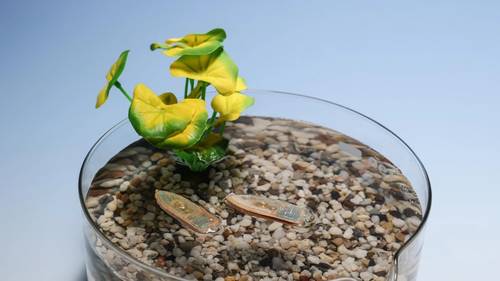
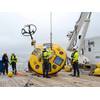



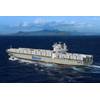
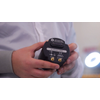









 August 2025
August 2025


